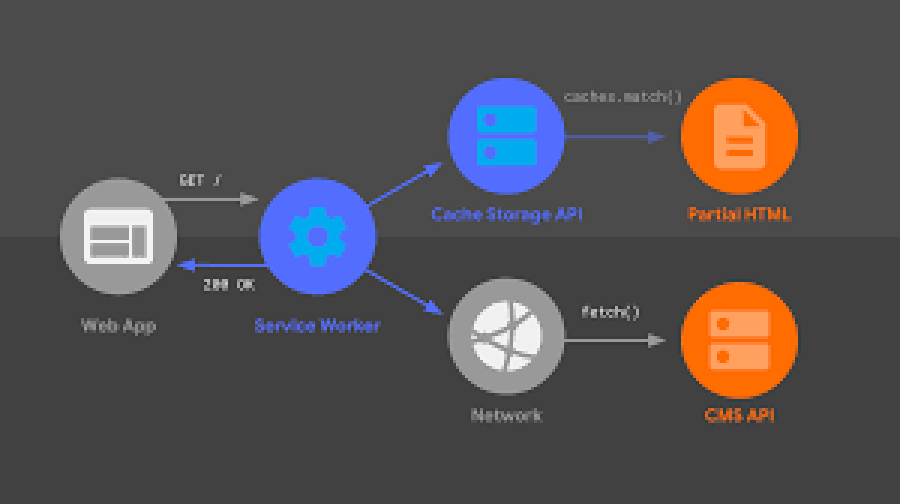How to Build a Subscription-Based E-Commerce Website
In today’s competitive e-commerce landscape, a subscription-based model has emerged as a game-changer for businesses looking to ensure recurring revenue and stronger customer loyalty. Whether you are a freelancer working with clients in the e-commerce space or an entrepreneur seeking to build your own subscription-based e-commerce website, understanding the essentials of this business model is crucial. This comprehensive guide will walk you through the process of building a subscription-based website, from planning and choosing the right platform to optimizing for user engagement and retention.
By building a well-structured subscription-based e-commerce site, you can provide customers with seamless access to products or services while generating consistent income. This model is highly beneficial for both businesses and customers, as it creates convenience, stability, and long-term relationships.
In this article, we’ll explore the key steps involved in building a subscription-based e-commerce website that not only drives sales but also builds lasting customer loyalty. Whether you're a developer, a designer, or a business owner, this guide will help you create a high-performing subscription-based e-commerce site.
Long Description:
1. Understand the Subscription Model
Before diving into the technical aspects of building a website, it’s important to understand what a subscription-based model is and why it works for e-commerce. Subscription-based websites offer customers ongoing access to products or services for a fixed, recurring fee. Common examples include subscription boxes, software as a service (SaaS), and content access platforms. This model provides businesses with a predictable revenue stream, while customers enjoy regular deliveries or access to services without having to make repeated purchases.
2. Choose the Right Platform and Tools
Building a subscription-based e-commerce site requires choosing the right platform that supports subscription management, payment gateways, and user-friendly navigation. Popular platforms like Shopify, WooCommerce, and BigCommerce offer built-in subscription tools or integrations with third-party subscription services like ReCharge or Bold Subscriptions. Depending on your technical expertise and business needs, you can select between hosted solutions (like Shopify) or self-hosted platforms (like WooCommerce).
3. Design a User-Friendly Website
A well-designed website is essential for converting visitors into loyal subscribers. Your website should be intuitive and visually appealing while providing clear calls to action (CTAs). The subscription sign-up process should be seamless, with minimal steps for the user to follow. Ensure your website is mobile-friendly, as many customers will be accessing it from smartphones and tablets.
4. Set Up Subscription Plans and Pricing Models
One of the key features of a subscription-based e-commerce site is offering flexible subscription plans. Depending on your business model, you can offer weekly, monthly, or annual plans. Pricing models may include tiered subscriptions (e.g., basic, standard, and premium) or customizable options where customers choose their preferences. Make sure your pricing aligns with the value you're providing, and consider offering incentives such as free trials or discounts for long-term commitments.
5. Integrate Payment Gateways for Recurring Billing
A robust and secure payment gateway is crucial for processing recurring payments. Payment processors like Stripe, PayPal, and Square offer recurring billing solutions for subscription-based businesses. Ensure that your website supports multiple payment methods and that the transaction process is secure to build trust with your subscribers.
6. Offer Personalized Customer Experiences
Personalization is a key factor in retaining customers on your subscription-based website. Implement features such as customer profiles, product recommendations, and subscription preferences to enhance the user experience. Personalization can increase customer satisfaction and encourage long-term retention by providing customers with tailored experiences.
7. Automate Subscription Management
Automating subscription management is essential for streamlining your operations and providing a hassle-free experience for your customers. With subscription management tools, you can automate tasks such as subscription renewals, billing cycles, and customer notifications. This not only saves you time but also ensures a consistent experience for your customers.
8. Leverage Analytics for Growth
To continually improve your subscription-based e-commerce business, it's important to leverage analytics. Track key metrics such as customer churn rate, average subscription value, and lifetime value of a customer. Analyzing this data will help you understand your customer’s behavior and optimize your subscription offerings. Tools like Google Analytics, Kissmetrics, or Mixpanel can provide deep insights into your website’s performance.
9. Implement Customer Retention Strategies
Acquiring customers is only half the battle; retaining them is where the real value lies. Use email marketing campaigns, loyalty programs, and targeted promotions to keep your subscribers engaged. Regular communication and offering additional perks, such as discounts for referrals, can also help in improving retention rates. It’s important to provide great customer service, resolve issues promptly, and ensure that subscribers feel valued.
10. Optimize for SEO and Search Engines
Your subscription-based e-commerce website will need to be discoverable online. Optimize your website for SEO to ensure that search engines like Google can index your content effectively. Focus on keyword optimization for your product or service categories, blog posts, and subscription offerings. Additionally, pay attention to on-page SEO factors like meta descriptions, title tags, alt text for images, and internal linking to enhance the discoverability of your website.
11. Stay Compliant with Subscription Laws
When building a subscription-based e-commerce website, ensure that your business complies with laws regarding recurring billing and subscriptions. Make sure your billing practices are transparent, and provide clear terms and conditions. Include options for customers to easily cancel or modify their subscription to build trust and avoid legal complications.
12. Test and Improve Continuously
Finally, building a successful subscription-based website requires constant iteration and improvement. Regularly test the user experience, checkout process, and website performance. Use feedback from customers to refine and enhance your website’s functionality. Continually improve your marketing efforts, optimize conversion rates, and find new ways to engage your audience.


 by Emily
by Emily




